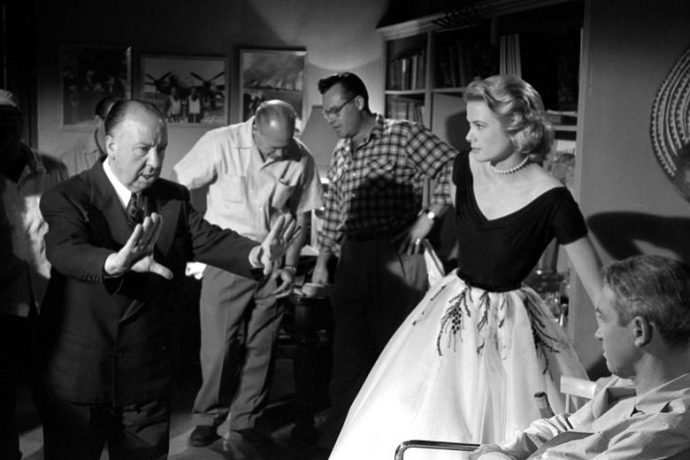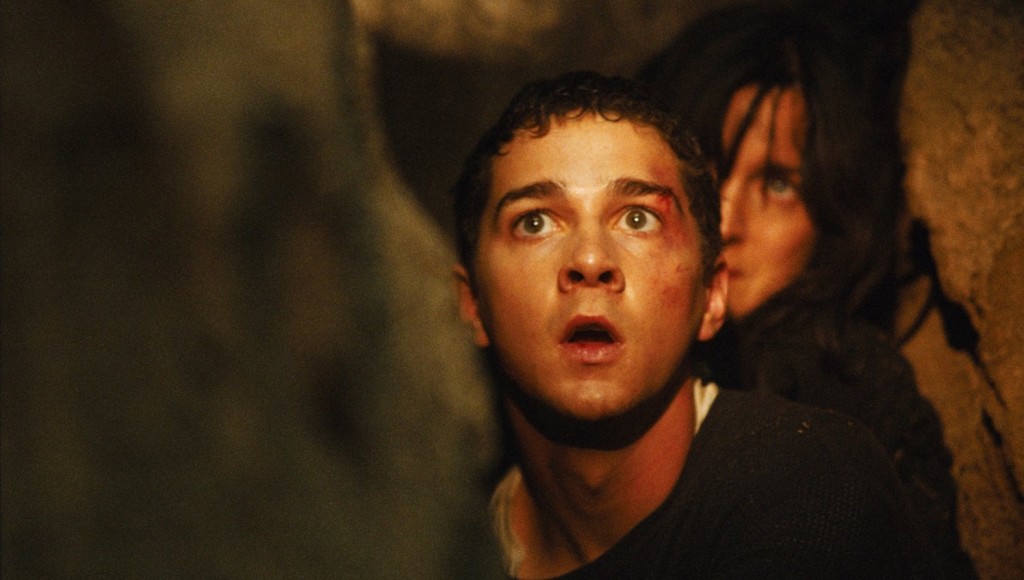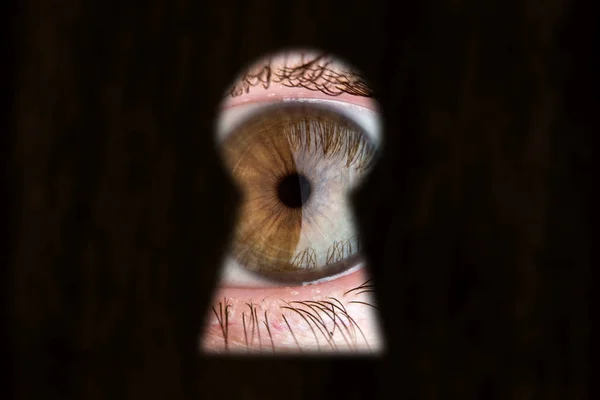Peering Via the Keyhole: The Enduring Attract of Voyeurism in Movie and Past
Associated Articles: Peering Via the Keyhole: The Enduring Attract of Voyeurism in Movie and Past
Introduction
With enthusiasm, let’s navigate via the intriguing subject associated to Peering Via the Keyhole: The Enduring Attract of Voyeurism in Movie and Past. Let’s weave fascinating info and supply recent views to the readers.
Desk of Content material
Peering Via the Keyhole: The Enduring Attract of Voyeurism in Movie and Past

The keyhole. A small, seemingly innocuous aperture, but it represents a robust image of forbidden entry, a portal to hidden lives and unseen realities. The act of watching via a keyhole – a quintessential act of voyeurism – has captivated artists and storytellers for hundreds of years, its inherent stress and moral ambiguity fueling narratives that discover the complexities of privateness, want, and the human situation. From literature to portray, and most prominently in movie, the "keyhole perspective" presents a novel lens via which to look at energy dynamics, societal norms, and the blurred traces between statement and intrusion.
The fascination with watching via the keyhole transcends mere prurience. Whereas the potential for witnessing intimate acts undoubtedly performs a job, the deeper attraction lies within the inherent drama of clandestine statement. The viewer, each inside the narrative and out of doors of it, is positioned ready of privileged entry, granted a glimpse right into a world in any other case hidden. This clandestine view grants a way of energy, a sense of management over the noticed, even when that management is totally illusory. The very act of peeping creates a way of transgression, a thrill derived from the danger of discovery and the violation of privateness.
In literature, the keyhole serves as a potent metaphorical gadget. Consider the numerous novels and quick tales the place a personality’s hidden life is revealed via the attitude of a hid observer. The restricted visual view, usually restricted to a slender body, mirrors the fragmented and incomplete nature of information and understanding. The viewer, via the keyhole, solely perceives a sliver of actuality, leaving a lot to interpretation and hypothesis, thereby enriching the narrative with ambiguity and suspense. The reader, too, participates on this voyeuristic act, sharing the clandestine expertise of the character, participating with the moral implications of their statement.
The visible arts have additionally employed the keyhole motif to highly effective impact. Painters have utilized the restricted perspective to create a way of intimacy and thriller, drawing the viewer into the scene whereas concurrently sustaining a way of distance and detachment. The restricted viewpoint can heighten the drama, focusing consideration on particular particulars and amplifying the emotional affect of the scene. The keyhole, on this context, acts as a framing gadget, fastidiously curating the viewer’s expertise and controlling the stream of knowledge.
Nonetheless, it’s in movie that the keyhole perspective really prospers. The cinematic medium, with its means to control time, area, and perspective, permits filmmakers to take advantage of the inherent dramatic potential of voyeurism to its fullest extent. The digicam, functioning because the metaphorical keyhole, can subtly shift the viewer’s perspective, revealing hidden particulars and subtly manipulating their emotional response. The close-up shot, mimicking the restricted view of the keyhole, can intensify emotions of intimacy and unease, drawing the viewers into the unfolding drama.
Examples of movies using the keyhole perspective abound. Alfred Hitchcock, the grasp of suspense, regularly employed the approach to create a way of unease and anticipation. In movies like Rear Window, the protagonist’s voyeuristic observations turn into the driving drive of the narrative, blurring the traces between spectator and participant. The viewers is complicit in his actions, sharing his anxieties and suspicions, whilst they grapple with the moral implications of his intrusive gaze. Equally, Peeping Tom (1960), although much more disturbing, explores the psychological ramifications of voyeurism with unflinching honesty, forcing the viewers to confront the darker points of human curiosity.
Past Hitchcock, numerous movies have employed the keyhole perspective, usually subtly weaving it into the narrative cloth. Using hidden cameras, strategically positioned surveillance gear, and even the straightforward act of a personality peering via a window or crack in a door, all evoke the sensation of clandestine statement. These strategies create a way of immediacy and involvement, drawing the viewers into the narrative and making them lively contributors within the unfolding drama.
The moral implications of voyeurism, nonetheless, are not often easy. Whereas the joys of witnessing one thing forbidden could be undeniably compelling, the act of watching with out consent raises profound questions on privateness, respect, and the potential for hurt. Movies that discover the keyhole perspective usually grapple with these moral dilemmas, forcing the viewers to confront the uncomfortable realities of their very own complicity within the act of statement. The narrative can problem the viewer to query their very own motivations for watching, prompting a crucial examination of their very own relationship to privateness and energy.
Furthermore, the keyhole perspective can be utilized to discover themes past easy voyeurism. It may be employed to focus on social inequalities, to reveal hidden truths, or to make clear the vulnerabilities of those that are being noticed. The act of watching, subsequently, can turn into a robust device for social commentary, prompting reflection on the facility dynamics at play and the moral duties of the observer.
In conclusion, the enduring attraction of the "watch via the keyhole" motif stems from its means to faucet into elementary human wishes and anxieties. The act of clandestine statement, whether or not literal or metaphorical, offers a novel window into the complexities of human expertise, permitting artists and storytellers to discover themes of privateness, energy, want, and the moral dilemmas inherent within the act of watching. From literature to movie, the keyhole continues to function a potent image, a reminder of the skinny line between fascination and intrusion, and a testomony to the enduring energy of the human gaze. The keyhole, in its simplicity, reveals a world of profound complexity, inviting us to see via and ponder the implications of what we see – and what we select to not see. The act of watching, in the end, is as a lot in regards to the observer as it’s in regards to the noticed. And it’s this inherent duality that ensures the enduring attract of the keyhole perspective in artwork and storytelling.








Closure
Thus, we hope this text has offered precious insights into Peering Via the Keyhole: The Enduring Attract of Voyeurism in Movie and Past. We hope you discover this text informative and useful. See you in our subsequent article!